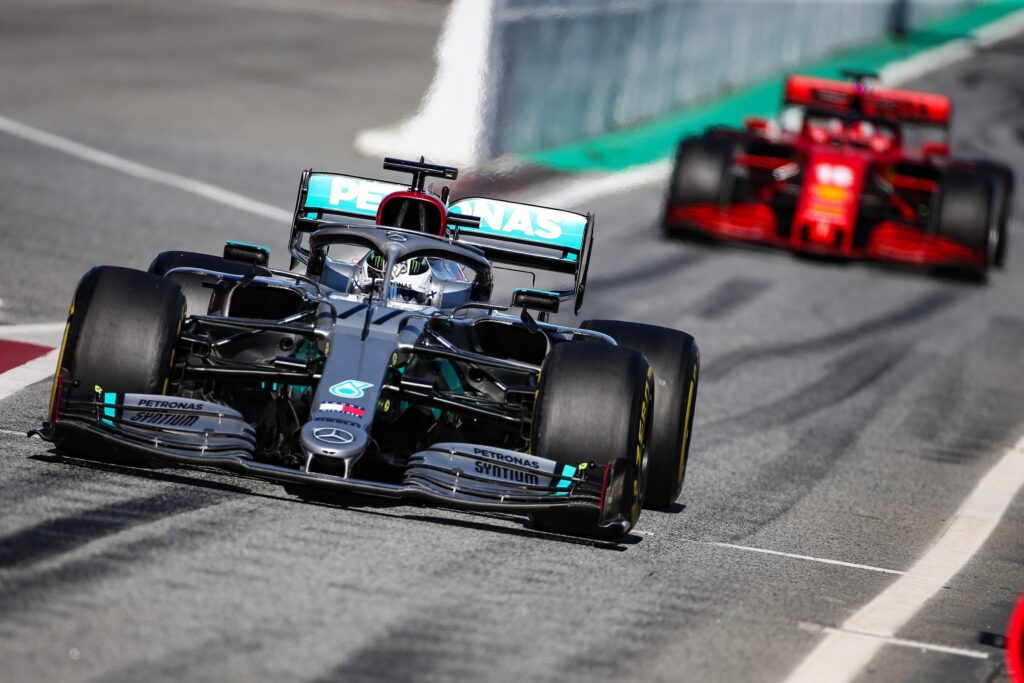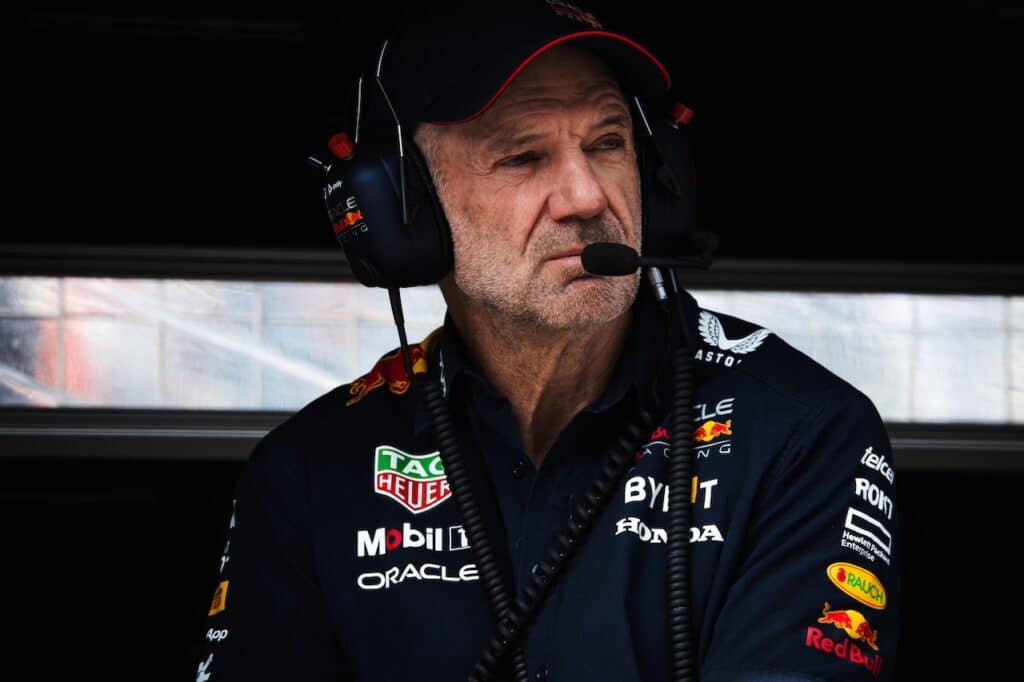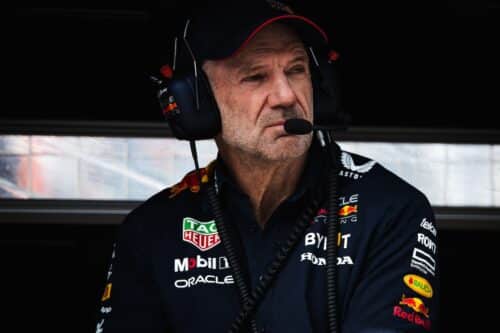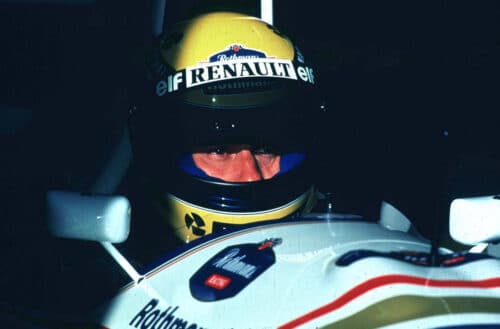F1 | The failure of the turbo-hybrid era and the latest disasters of Liberty Media
Even more limitations for an already restrictive regulation. Is this the Formula 1 we want?

RECITALS – The words you will read below are more of an outburst from a Formula 1 enthusiast for 25 years, even before being an editor/journalist/reporter, whatever you want. The writer is not a technician, he did not study engineering and "limits himself" to telling the facts, for more complicated questions we refer you to those who certainly know more. But something needs to be said, you too, after having a chat with someone who has made a job of the engineering application in Formula 1 over the years and was deeply disappointed after reading the new regulations published yesterday by World Motorsport Council.
After this very brief but necessary preamble, let's get to the point: not only is the technical regulation what made us turn up our noses, but inevitably everything also extended to the sporting and financial ones. We start from the assumption that such a drastic reduction in costs is a limitation that goes against every aspect of DNA (if there was still a shred of it) of Formula 1: there are teams that are struggling, especially after the Coronavirus, to get by, we understand this, but the impression is that the pandemic has been, so to speak, "exploited" to further cut costs. Oh, but since Formula 1 has existed, there have always been those two, three teams superior to the others, who spent more and more to try and find victory, and then there were the other teams who, despite racing for many years, they didn't even win their grandfather's cup.
Now, with the balancing of aerodynamic developments (well) we want to facilitate small teams, we want to create a sort of maxi competition which apparently appeals to the American owners, daughter of Indycar, one-make category, and which we objectively hoped to never take as an example in Formula 1. This is why with this balance, coupled with the further limitations on power unit developments, it is hoped that one day Haas (a team chosen at random) will be able to compete with the strongest, systematically.
But why did the turbo-hybrid era fail?
We don't want to be know-it-alls with the classic "We told you so", but yes, we told you so! Created to contain costs, these engines have been available since 2014 they didn't just cause permanent damage to our ears, accustomed to much else, but they were so complicated first of all that they hindered the entry of new manufacturers: just think of Honda, which arrived a year late in 2015, which only managed to be competitive in 2019, spending hundreds of millions of euros on developments. And we are talking about one of the most important builders in history, not the latest arrivals. These engines are complicated to develop: Ferrari took five years to reach Mercedes' level. Do you remember Bahrain 2014? Alonso and Raikkonen were planted in a straight line compared to the others. But hey, you can't freely develop the engine, because otherwise it costs too much. But we had already told you this, despite the many "Well, give these engines time".
Yes, we have seen what time has given us: limitations upon limitations, three engines a year, competition close to zero, only one truly high-performance and reliable engine at the same time. Do you want to dispute? Free to do so, but the facts say this. And let's not blame Mercedes, guys, because these regulations were approved by everyone, even by then-president Montezemolo's Ferrari. All administered in a more than questionable manner by the FIA.
The point is that it would be nice if Haas (see above) could compete, maybe they could, but on equal terms with the strongest and with the rest of the grid, but for this to happen, we would need to go back with the rules. An about-face is now unthinkable given what they told us yesterday: even more parc fermé (cursed be the day it was approved), periodic checks, curfew. But what are we talking about?
It's true, despite everything that has happened in recent years, from a regulatory point of view, we are still here to tell you about this sport, but attached to a romanticism that has no longer existed for a long time, ed.
In 1995, when the writer began to understand something about Formula 1, there were six or seven different manufacturers: in addition to Ferrari, Mercedes and Renault, Yamaha, Mugen-Honda, Peugeot and Ford come to mind, without forgetting Hart, first with Footwork and then with Minardi in 1997 of Katayama and Trulli. There were V12s, V10s and V8s, in 1996 everyone moved on to ten cylinders, free testing, wide open, you could develop whenever you wanted. There were qualifying engines, which lasted only a handful of laps. At the time, costs were not paid attention to, the small teams took advantage of the problems of the big ones to collect everything they could. See the Ligier in Monaco in 1996 or the Jordan in Spa two years later, without forgetting the Arrows who risked winning in Budapest. Because when you develop a lot, to seek the limit you sometimes exceed it, and therefore reliability problems arose, the McLaren Mercedes of the late 90s comes to mind, very strong but more fragile than a mozzarella. All things already trite and hackneyed, but always current.
There is no shortage of criticism, taking a careful look at social networks. It's sad to have to write certain things, for many reasons. Formula 1 will continue to be a point of reference for whoever wrote this thought, but the more time passes, the more difficult it is to digest certain things, hoping for better times.
if you want to always be updated on our news
Follow us here















